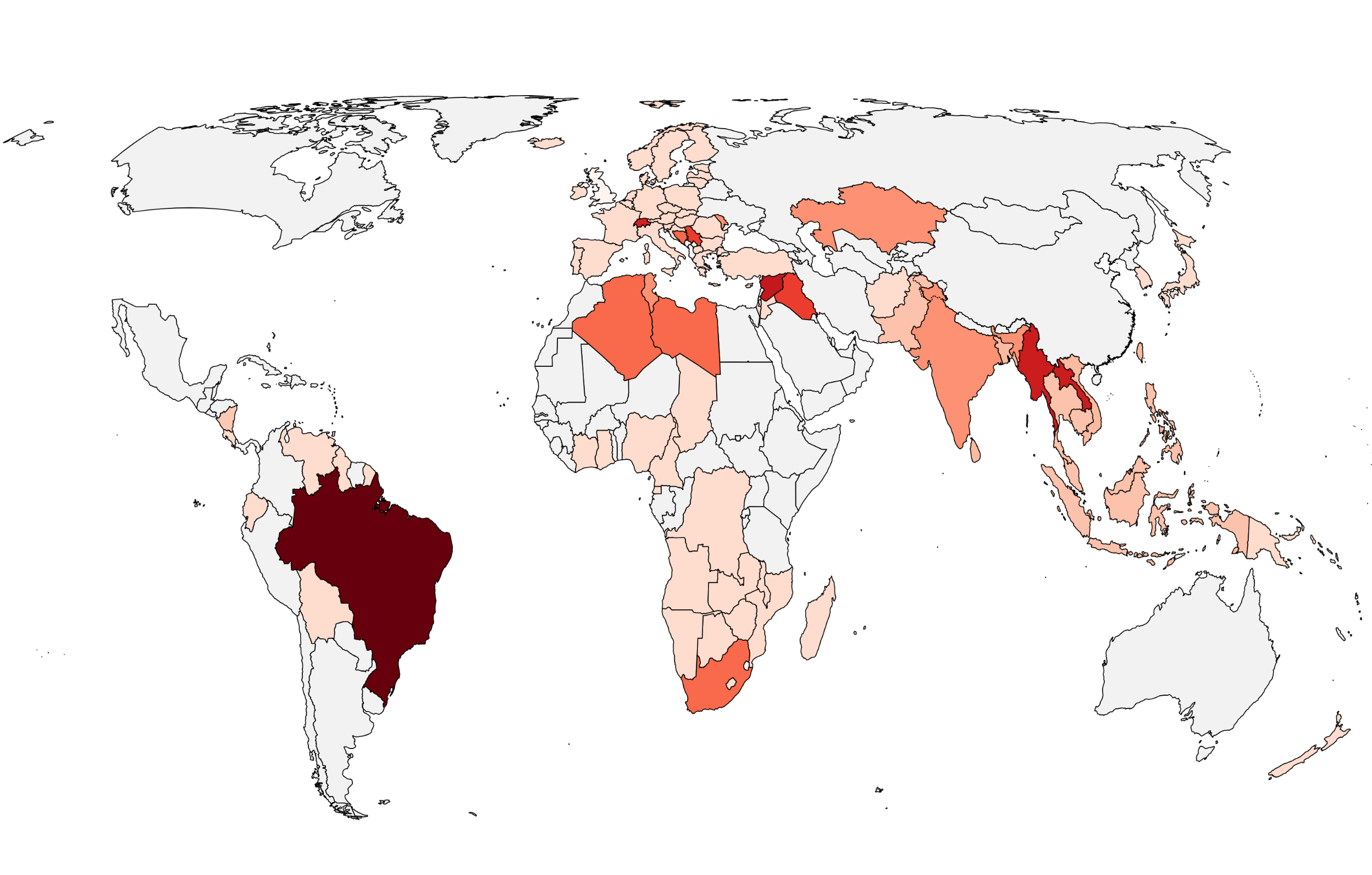
President Donald Trump has signed an executive order reimposing the “reciprocal tariffs” announced on April 2.
Dozens of nations that run trade surpluses with the U.S., including those able to strike a deal ahead of the deadline, now face rates ranging from 10 percent to 41 percent on their imports.
Why It Matters
The return of reciprocal tariffs after a 114-day-long reprieve is expected to hold significant implications for the future global commerce, while also advancing the administration’s aim of narrowing trade deficits and boosting government revenues.
For the U.S., these could translate to higher prices on imported goods, renewed inflationary pressures, as well as difficulties for customs officials now tasked with implementing the dozens of varying rates.
What To Know
The rates announced by the White House on Thursday are broadly in keeping with those set out by Trump on “Liberation Day.” However, trade deals and geopolitical developments during the two pauses on reciprocal tariffs since April 2 have led to reduced rates for a number of countries.
The minimum rate for most countries not included was set at 10 percent. China, Canada and Mexico were not subject to the reciprocal duties, and their tariff rates are covered under separate orders.
The European Union, originally slapped with a 20 percent duty on its exports, had it lowered to a baseline rate of 15 percent thanks to last week’s agreement between Trump and European Commission President Ursula von der Leyen. While the handshake agreement has yet to be finalized, with many European leaders having voiced their opposition, von der Leyen said certain products would also be entirely exempt from duties, and that she was angling for “zero-for-zero” rates on a number of others.
India, initially a promising candidate for a trade deal, will now see its goods charged a 25 percent tariff when entering the U.S.
“While India is our friend, we have, over the years, done relatively little business with them because their Tariffs are far too high, among the highest in the World, and they have the most strenuous and obnoxious non-monetary Trade Barriers of any Country,” Trump posted to Truth Social this week.
For Brazil, the 50 percent tariff threatened by Trump in early July takes shape in two parts: A 10 percent baseline tariff, on top of which is a 40 percent “free speech” duty. In an announcement on Thursday, the U.S. Embassy in Brazil said the latter was due to the government’s “unusual and extraordinary policies and actions harming U.S. companies, the free speech rights of U.S. persons, U.S. foreign policy, and the U.S. economy.”
It added that “the Government of Brazil’s politically motivated persecution, intimidation, harassment, censorship, and prosecution of former Brazilian President Jair Bolsonaro and thousands of his supporters are serious human rights abuses that have undermined the rule of law in Brazil.”
Cambodia and Thailand, two of the countries hit hardest by the original reciprocal tariff announcement, have both seen their duties lowered to 19 percent. Trump offered this reduction in an effort to broker a now-secured ceasefire between the two nations, after a century-long border dispute broke into a series of deadly clashes.
What People Are Saying
Peter Navarro, White House senior counselor for trade and manufacturing, told Fox Business on Thursday: “I’m thinking that since he’s basically taught the world trade economics, he might be up for the Nobel on economics, because this is a fundamental restructuring of the international trade environment.”
Wendy Cutler, senior vice president of the Asia Society Policy Institute (ASPI) and former deputy U.S. trade representative, wrote: “Today’s tariff EO applies to virtually all of our trading partners all over the world, providing different tariff rates for different individual and categories of countries. Our partners will closely scrutinize how they fared vis-a-vis their competitors and neighbors, as well as whether concluding deals were actually worth the effort.”
Chris Beauchamp, chief market analyst at IG, in comments shared with Newsweek, said: “The tariffs revive fears of renewed price increases for consumers, most obviously in the US, but potentially around the rest of the world too. Signs of reviving inflation have meant that a September rate cut looks less and less likely, and with most of the big events out the way the time looks ripe for a rerun of last August’s swift outburst of volatility.”
What Happens Next?
The revised duties are set to take effect seven days following Thursday’s executive order at 12:01 a.m. eastern daylight time.
“U.S. customs officials will face challenges implementing the EO, particularly with the different tariff rates now applied across the world,” wrote Wendy Cutler. “The seven-day breathing period before implementation will help, but importers should expect start up problems at a minimum.”
